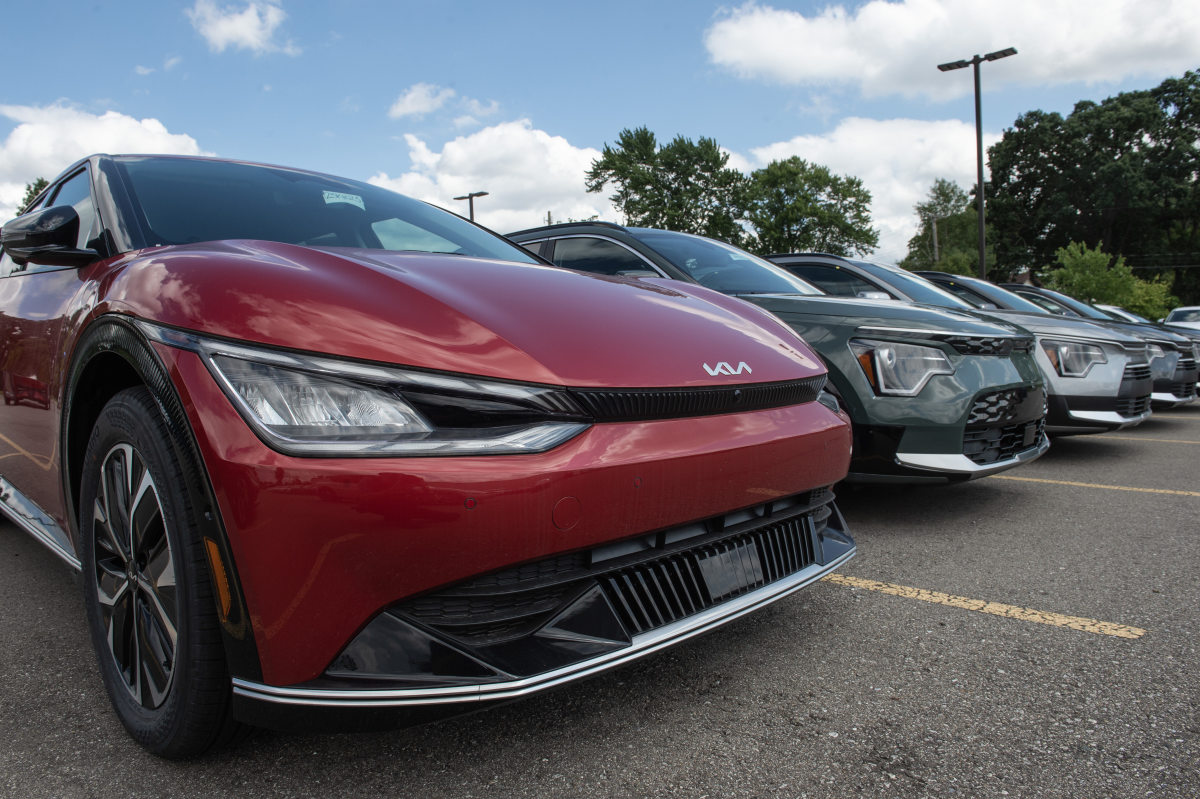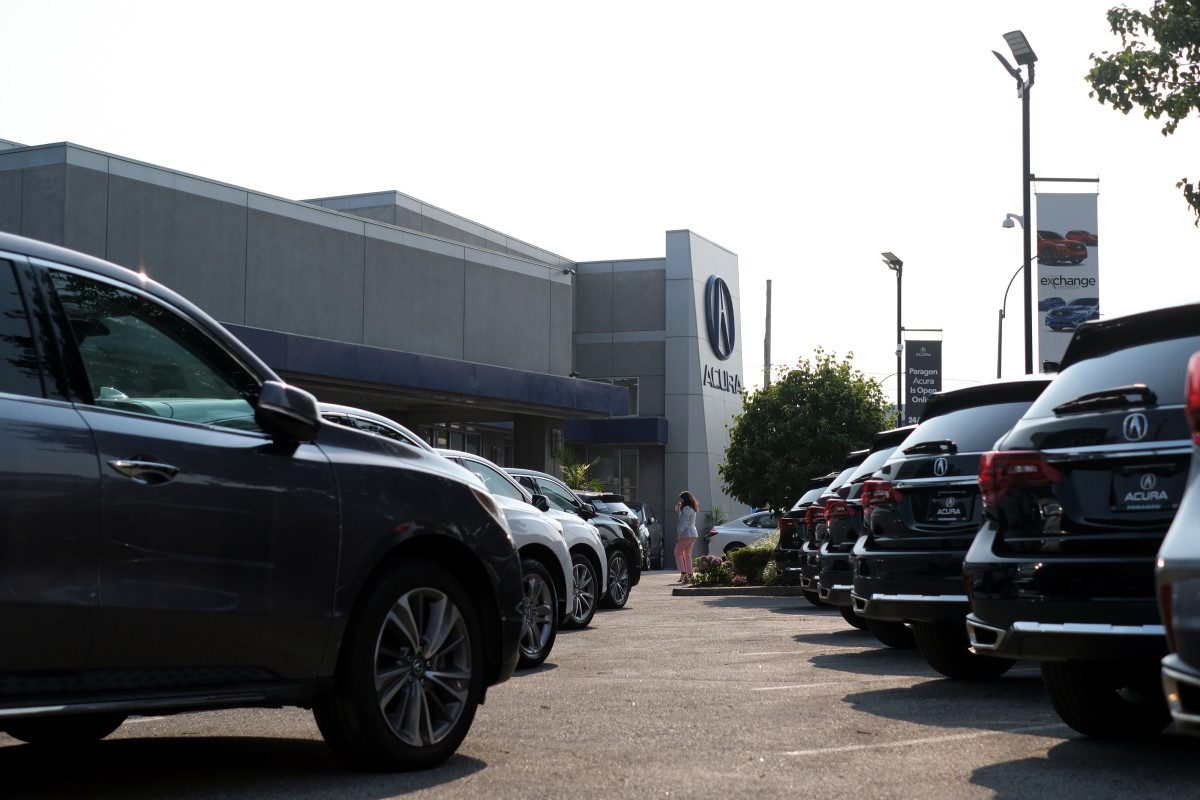
The new car smell is a distinct, unforgettable smell that many Americans work hard to experience.
Taking ownership of a brand new car is not only a major purchase, but an achievement on its own.
A variety of factors beyond sticker shock, however, might make buyers consider keeping their old beaters for a little bit longer.
Related: More than 50 million cars could be recalled for one potentially deadly airbag problem
Using some of the tried and true rules of car buying, a recent report by MarketWatch calculated that only a very few Americans can comfortably afford a new car without it hurting them financially.

The report analyzed one’s financial ability to finance what it determined was the average new car. According to Kelly Blue Book, the average price of a brand new car in the United States is around $48,000.
A common guideline about how much to spend when buying a new car is the old 20/4/10 rule, where you put at least 20% of the purchase price for a down payment, take out a 4-year loan, and spend no more than 10% of your income on said car.
More Technology:
- The company behind ChatGPT is now facing a massive lawsuit
- Prominent EV company says latest deal will be the first of many
- Apple makes a big new move with Elon Musk's Twitter
Based on this rule, Greg McBride, the chief financial analyst for consumer financial services provider Bankrate, told Marketwatch that one’s take-home salary would have to be much higher than what the price on the sticker says.
In his hypothetical purchase scenario of an “average” $48,000 car, one might trade in their older car and get lucky enough to knock the price down to about $40,000. If the hypothetical buyer were to finance this “average” now-$40,000 car at an “average” interest rates at around 7.5% for five years, they would be left with a monthly payment of $801.
If an $801 monthly payment were to take away 10% of your income, you would need to make at least $96,100 a year. In a comment on the state of the new car market, a former Ford executive said that “You have to make over $100,000 just to afford a new car.”
Taking their statement in the literal sense, as well as accounting for McBride’s calculations, the amount of people who could afford a new car based off of the math alone is a very small number.
According to data from the United States Census Bureau, only 21.6% of individuals in the United States made $100,000 a year in 2022, meaning that a new car is out of reach financially for 78.4% of the population. According to Forbes, the average salary in the United States is roughly $59,428.

The fact of new cars' lack of affordability does not stop people from biting the bullet to get behind the wheel.
According to Cox Automotive chief economist Jonathan Smoke, many car buyers are willing to overspend, break their budget and “forgo other expenses in order to get the ride they want.”
Buyers are also breaking the “4” part of the 20/4/10 rule to shrink their monthly payments. As per Edmunds, the average new car loan taken out during the second quarter of 2023 lasted 68.4 months. Despite this, longer loan terms did not help the fact that delinquencies for car loans rose from 6.88% in first quarter of 2023 to 7.28% in the second quarter, as per Moody’s.
Despite all the terrifying data, one should note that not all new cars cost the calculated average of $48,000, nor are all prospective buyers seeking to buy a car that expensive. Currently, the cheapest new car currently sold in the United States is the 2024 Nissan Versa, which has a suggested MSRP of only $16,130; roughly a third of the suggested $48,000 “average” new car price point.
More importantly, buyers should look beyond just the monthly payment and also consider the other associated costs that come with car ownership, such as insurance, gas and maintenance.
Get exclusive access to portfolio managers and their proven investing strategies with Real Money Pro. Get started now.







